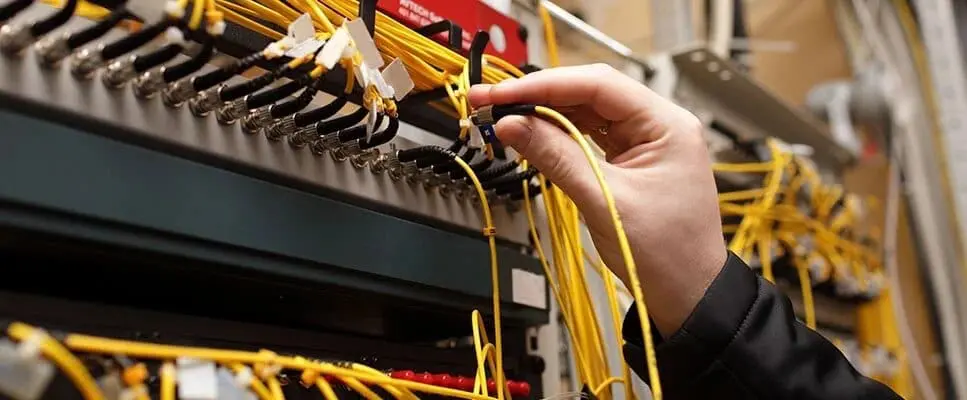Eliminating the Noise
If your business has ever considered leveraging a Network Operation Center (NOC), then you’ve likely heard the term Root-Cause Analysis (RCA) frequently used in conjunction with NOC services. But you may be wondering: what exactly is being analyzed, what is this analysis for, and why is it important to your business’ IT infrastructure?
To better understand the significance of RCA, think of your business as a car and your network as its engine. Because your engine is responsible for powering all of the various components that make up your car, you endeavor to keep your engine running as efficiently as possible. You regularly add oil and coolant, you keep an eye on your temperature gauges, and you even take your car in for regularly scheduled maintenance by a trained mechanic.
The mechanic takes a comprehensive look at your car’s entire system, analyzes its current problems, and establishes its normal operational baseline. By aggregating all of this data, your mechanic can also help you better understand core issues that may compromise your engine’s performance, as well as provide you with recommendations for how to prevent your engine from breaking down. As a result, you’re able to address any problems before you find yourself stuck on the side of the road.
A strong NOC service is like a sound mechanic. Using analytic tools, a NOC can monitor and study your network in order to proactively identify excess noise and eliminate the root causes of your business’ issues before they occur. And, if you do find yourself stranded, your NOC can remediate the issues and help your business get back to healthy operational levels.

Why Does a Baseline Matter?
One of the fundamental benefits of data-driven NOC services is their ability to establish an operational baseline for your network—but how are baselines created, and why are they important? When incidents crop up in your network, NOC engineers use the collected log information and system data to analyze the nature of the incident set and determine if they represent singular issues or systemic problems. As the NOC technicians filter and categorize these issues, they can trace reoccurring incidents to their source and remediate the cause of all the alerts.
This approach effectively eliminates problems that are creating an excess of incidents and returns your network to its normal operational behavior—or, baseline. With baseline behavior established and all of the excess alerts removed, NOC engineers can quickly identify further anomalies as they arise and work to implement permanent solutions. The continual re-establishment of operational baselines significantly reduces incident volume and ultimately improves network efficiency.
Task-driven vs. Data-driven
Typical monitoring software only detects whether your network is up or down. If a set of incidents causes your network to go down, then investigating and resolving these issues is left entirely up to the NOC engineers. In this task-driven model, engineers sift through data in order to identify incidents that slowed or crashed your network and then work to remediate them. Once the issues are resolved, the engineers would move on to the next set of incidents. This model is purely reactive and focuses exclusively on mitigating symptoms. While this approach may solve individual issues, it fails to prevent the root cause of these issues from reoccurring.
However, a NOC service using analytic tools helps your business move past this break/fix methodology. In addition to the basic suite of software monitoring tools, a data-driven NOC service leverages analytics software to collect log information from your business’ network and any connected applications and devices. Like the mechanic assessing your car’s fluids, temperature, and activity level, this log information directly informs the operational baseline of your business’ network and provides the NOC technicians with a clearer window into its day-to-day functionality. As this information collects, NOC technicians can begin studying trends in your data, which allows them to trace symptoms to their source, and ultimately address the root cause of the issues rather than each individual incident. This data-driven approach is proactive and allows a NOC service to not only manage your IT infrastructure, but also streamline it. As each root cause is remediated, a new operational baseline is established, and your network is prevented from falling prey to the same set of incidents time and again.
The Benefits of Being Data-driven
Although both NOC service models will help manage your business’ network, a data-driven NOC service provides your business with long-term solutions specifically tailored to your IT needs. By collecting log information and analyzing incidents, a data-driven NOC service understands the core issues triggering alerts in your system and works with you to engineer solutions that remove those issues from your environment entirely. After all, if your network is the engine driving your business, then your data should be the fuel behind your NOC service.
https://milestone.tech/5-signs-you-need-a-network-operations-center/




